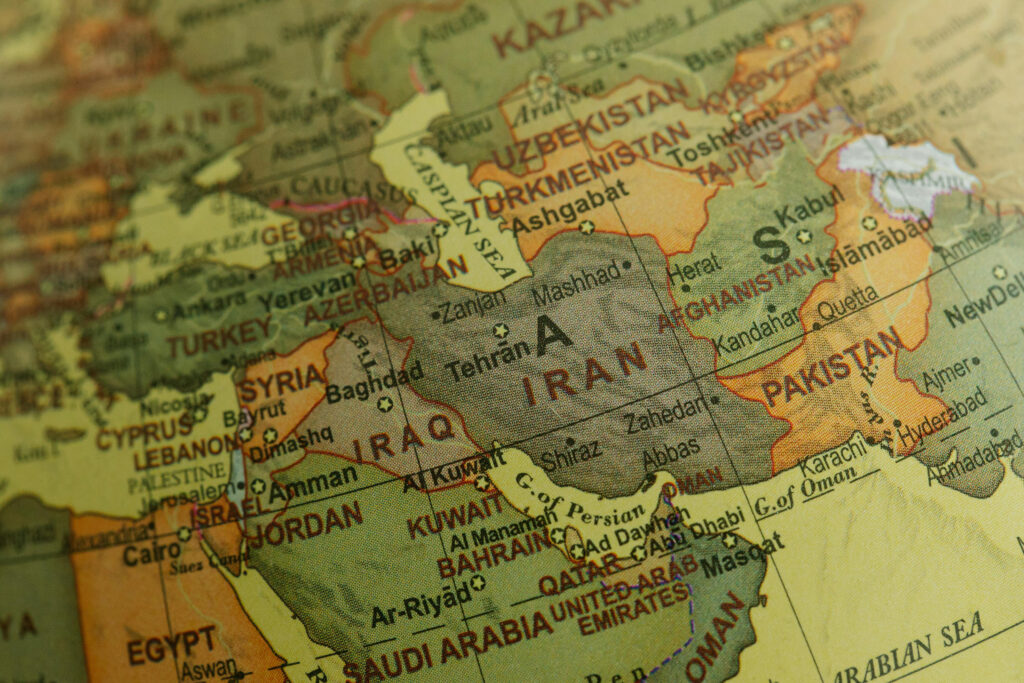
The Global Iranian Diaspora: A Comprehensive Overview
Size and Global Distribution
The Iranian diaspora comprises approximately 4 to 5 million people globally, concentrated primarily across North America, Western Europe, the Gulf States, and Australia. This diaspora reflects a diverse cross-section of Iranian society, including Persian-speakers, Azeris, Kurds, Baha’is, Jews, Christians, and Zoroastrians.
Historical Migration Patterns
Historically, Iranian migration can be segmented into distinct phases. Pre-1979 migration included economic labor migration to neighboring countries such as the UAE, Kuwait, Turkey, and Israel. During this period, Iran was relatively stable and prosperous under the Pahlavi monarchy, encouraging educational and commercial exchanges abroad, particularly with the U.S. and Europe.
The 1979 Islamic Revolution sparked a major exodus of Iranians, particularly from urban, educated, and religious minority populations. Many who fled were political dissidents, secular elites, professionals, and minorities such as Baha’is, Jews, and Christians who feared religious persecution under the new regime. This wave was followed by refugees from the Iran-Iraq War (1980–1988), which caused severe economic and social strain.
In the post-war era, especially after the 1990s, economic hardship and restricted freedoms led to increasing numbers of Iranians pursuing education and employment opportunities abroad. The 2009 Green Movement protests and the 2022 “Woman, Life, Freedom” movement further intensified emigration, especially among youth, women, artists, journalists, and members of the LGBTQ+ community. Skilled migration has accelerated, facilitated by point-based immigration systems in Canada, Australia, and certain European countries.
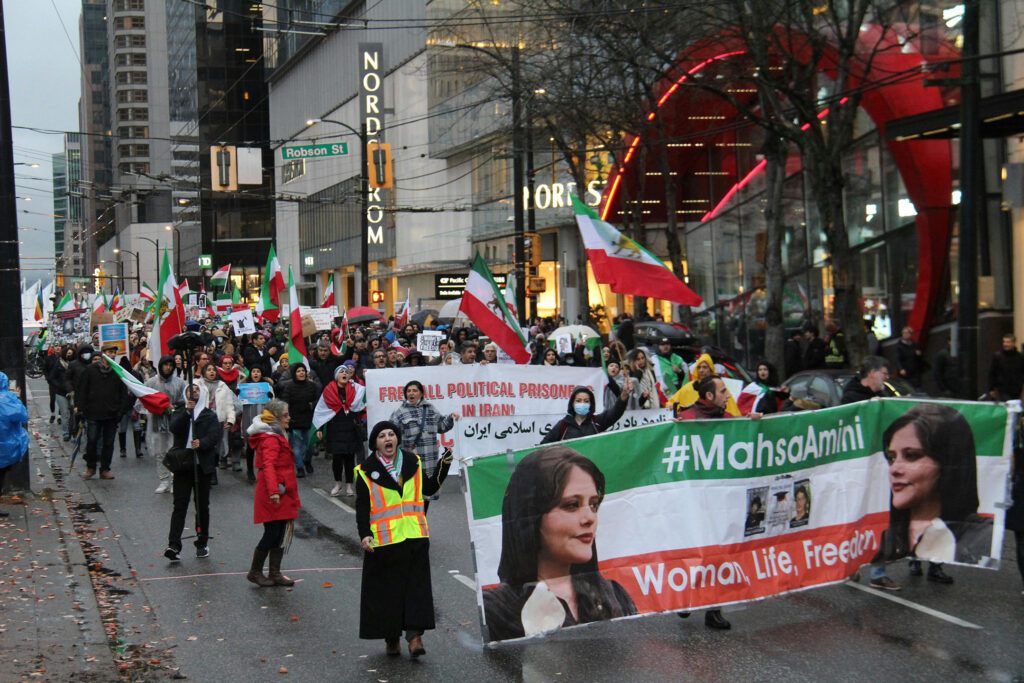
Major Diaspora Hubs
United States
In the United States, the Iranian diaspora—particularly in California (Tehrangeles)—constitutes the largest community outside Iran, numbering around 500,000. The Greater Los Angeles area alone hosts nearly 200,000 Iranian-Americans. Many initially arrived as students during the late 1970s and have since become prominent business and civic leaders. Other major hubs include New York, Texas, and the Washington D.C. area.
Iranian-Americans are among the most highly educated ethnic groups in the U.S., with a significant proportion holding graduate degrees. The diaspora has produced influential business leaders such as Pierre Omidyar (founder of eBay), Anousheh Ansari (first Iranian woman in space), and Omid Kordestani (former executive at Google and Twitter).
Canada
Canada hosts roughly 280,800 Iranians, concentrated in major metropolitan areas such as Toronto, Vancouver, and Montreal. The Iranian community has grown rapidly since the 1990s due to Canada’s inclusive immigration policies and demand for skilled labor.
Iranian-Canadians have founded tech companies, entered politics, and become key figures in academia. Notable Iranian-Canadians include journalist Maziar Bahari, professor Payam Akhavan, and actress Shohreh Aghdashloo. Many have also played a leading role in human rights advocacy related to Iran.
Europe
Europe’s Iranian diaspora numbers several hundred thousand, with Germany alone hosting approximately 319,000 individuals. Other significant populations exist in the United Kingdom, Sweden, the Netherlands, France, and Norway. In Germany, many Iranian migrants arrived in the 1980s and 1990s as political asylum seekers and now occupy significant roles in the cultural and medical fields.
In the UK, Iranians are concentrated in London, Manchester, and Oxford. British-Iranian intellectuals and artists such as Nazanin Boniadi, Nima Arkani-Hamed, and Bahar Ehsas have shaped debates around Iranian identity and diaspora politics.
Australia
Australia’s Iranian population has reached about 77,870, primarily concentrated in Sydney, Melbourne, and Brisbane. Many Iranian-Australians arrived as graduate students or skilled professionals in engineering, IT, and medicine.
Iran is now one of the top 10 source countries of immigrants in Australia.
Iranian-Australians maintain active cultural centers, Persian schools, and nonprofit organizations. They have also played a crucial role in spotlighting Iranian human rights issues through art exhibitions, public lectures, and activism.
Socioeconomic Contributions
Socioeconomically, the Iranian diaspora is notably successful. In the U.S., nearly half of Iranian-Americans occupy professional or managerial roles, exceeding national averages. They have founded influential businesses and contributed substantially to local economies, with Iranian-American entrepreneurs generating billions annually.
Many Iranian professionals work in healthcare, finance, law, academia, and high-tech industries. In Canada and Germany, Iranians also have higher-than-average employment rates and education levels. Diaspora women are increasingly prominent in media, literature, entrepreneurship, and political advocacy, challenging both Western stereotypes and conservative Iranian norms.
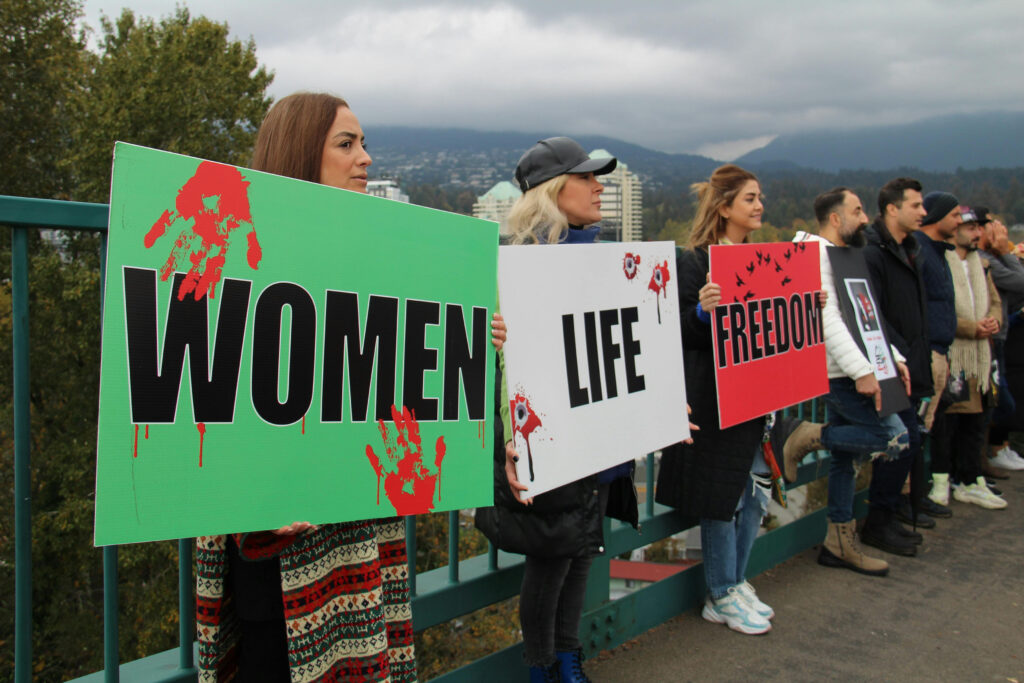
Cultural Impact and Political Activism
Culturally, diasporic Iranians have significantly impacted arts, entertainment, literature, and media globally. Prominent Iranian diaspora artists, musicians, and academics have gained international recognition and fostered vibrant cultural exchanges between Iran and host countries.
The “Woman, Life, Freedom” movement, sparked by Mahsa Jina Amini’s death in 2022, marked a significant milestone in diaspora activism. Diaspora communities mobilized extensively through demonstrations, digital campaigns, legal advocacy, and artistic expressions worldwide. Notably, the diaspora leveraged social media effectively to highlight Iran’s internal situation, influencing global discourse and policy responses.
Diaspora-led protests in major cities—such as Berlin, London, Los Angeles, and Toronto—drew tens of thousands of participants. Iranian artists abroad created murals, music, poetry, and films to amplify the voices of protesters inside Iran. Campaigns like #EyesOnIran and the global popularity of the song “Baraye” showcased how cultural expression became a tool of resistance.
Second-Generation Identity and Integration
Second-generation Iranians frequently navigate complex cultural dynamics. While many successfully integrate into host societies, achieving high educational and professional success, they may still face challenges related to identity negotiation and experiences of discrimination. In countries like Sweden and the Netherlands, second-generation Iranians report relatively high levels of social integration and civic participation. However, studies in the U.S. and UK suggest that experiences of racism, Islamophobia, or political suspicion (especially post-9/11) can complicate identity formation.

Many second-generation Iranians pursue Persian language education, maintain cultural traditions through Nowruz celebrations, and connect with global Iranian issues via digital platforms. Hybrid identities, such as Iranian-American or British-Iranian, are embraced by youth through music, fashion, and activism.
Economic Engagement and Remittances
Economically, the Iranian diaspora contributes significantly through skills, entrepreneurship, and remittances. Diaspora-led initiatives like iBRIDGES connect international Iranian talent to Iran-based startups, fostering innovation and economic development. Remittances, often transferred through informal channels, substantially support family networks and business ventures in Iran.
In countries such as Japan, where fewer Iranians reside, return migration has enabled economic development in Iran. For example, some Iranian migrants who returned from Japan invested their earnings in family-run businesses.
Diaspora entrepreneurs also play a role in knowledge transfer. Iranian-led startups in Silicon Valley, Toronto, and Berlin frequently collaborate with Iranian tech professionals and researchers remotely, despite sanctions and censorship.
Transnational Networks and Future Engagement
Looking forward, diaspora communities continue to maintain robust transnational connections through digital platforms, cultural exchanges, and professional networks. Initiatives encouraging diaspora investment, educational exchanges, and cultural diplomacy could further harness this community’s potential, benefiting both host countries and potentially, under changing conditions, Iran itself.
Professional associations, such as the Iranian American Bar Association and the Iranian Canadian Congress, help diaspora members advocate for political and social causes, offer legal assistance, and mentor youth. Virtual communities on platforms like Clubhouse and Instagram connect Iranians across generations and geographies.
Younger diaspora members increasingly participate in climate justice, refugee aid, and intersectional feminist movements, broadening the scope of Iranian transnational activism. These global networks are redefining what it means to be Iranian in the 21st century.
Country Snapshots
United Arab Emirates
The UAE hosts between 500,000 and 800,000 Iranians, significantly contributing to its economy, particularly in Dubai. Iranians have lived in the Gulf for centuries, with many holding dual cultural identities. Economic ties remain strong, but political tensions between Iran and Gulf states have led to increasing restrictions on banking and visas.
Sweden
Sweden’s community, numbering approximately 121,000, demonstrates strong integration into academia and professional sectors. Iranian-Swedes are active in politics, with several members in parliament. Cultural output includes literature, documentary film, and public television. Sweden also serves as a safe haven for Iranian dissidents.
Netherlands
The Netherlands’ Iranian population (around 52,000) is highly educated and politically active, despite facing societal challenges. Dutch-Iranians contribute to law, medicine, academia, and journalism. Activist groups there regularly organize protests and campaigns in solidarity with Iranian civil movements.
Germany
Germany’s substantial Iranian community (319,000 individuals) has significantly influenced cultural and economic landscapes. Iranian-Germans are well represented in the sciences, engineering, and healthcare. Iranian cultural festivals, film screenings, and academic symposiums are regularly held in Berlin, Frankfurt, and Hamburg.
Policy Recommendations
For Host Governments
Enhance legal protections against transnational repression, promote inclusive social policies, and leverage diaspora expertise through structured engagement initiatives. Authorities should also monitor and respond to surveillance and intimidation tactics reportedly used by the Iranian state abroad.
For Diaspora Organizations
Foster intergenerational dialogue, promote positive activism, and prioritize community safety. Providing leadership development for second-generation Iranians can empower future political, cultural, and philanthropic leaders.
For Iran
Enable legal and transparent remittance pathways, support cultural diplomacy, and consider policy reforms that ease diaspora engagement. Measures such as dual citizenship recognition, academic exchange programs, and relaxed travel restrictions could encourage broader cooperation.
Conclusion
The Iranian diaspora remains a dynamic global community characterized by high education, robust economic engagement, and influential cultural contributions. Across four decades and multiple generations, Iranians abroad have shaped innovation, activism, and identity worldwide. By strategically engaging this diaspora, both host nations and Iran could substantially benefit from their extensive talents, resources, and transnational networks.

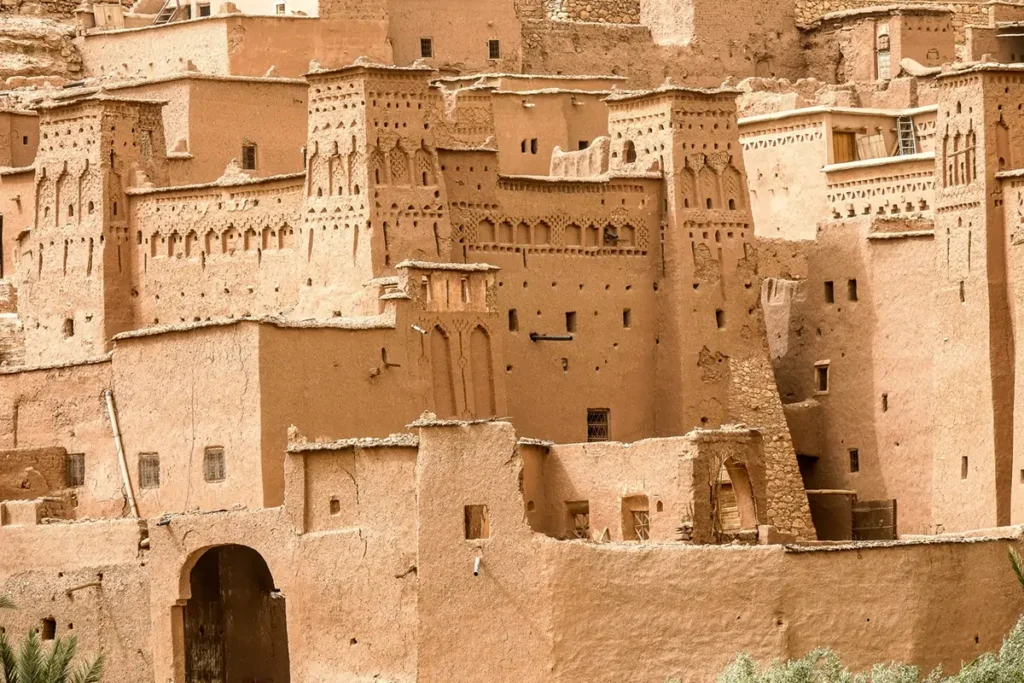


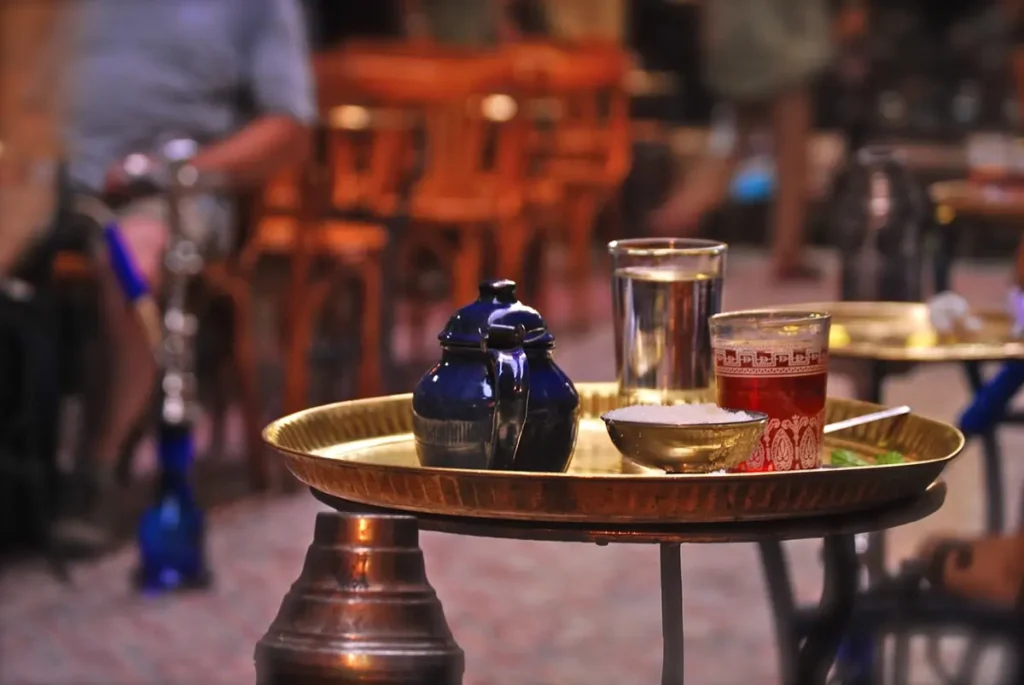

Responses